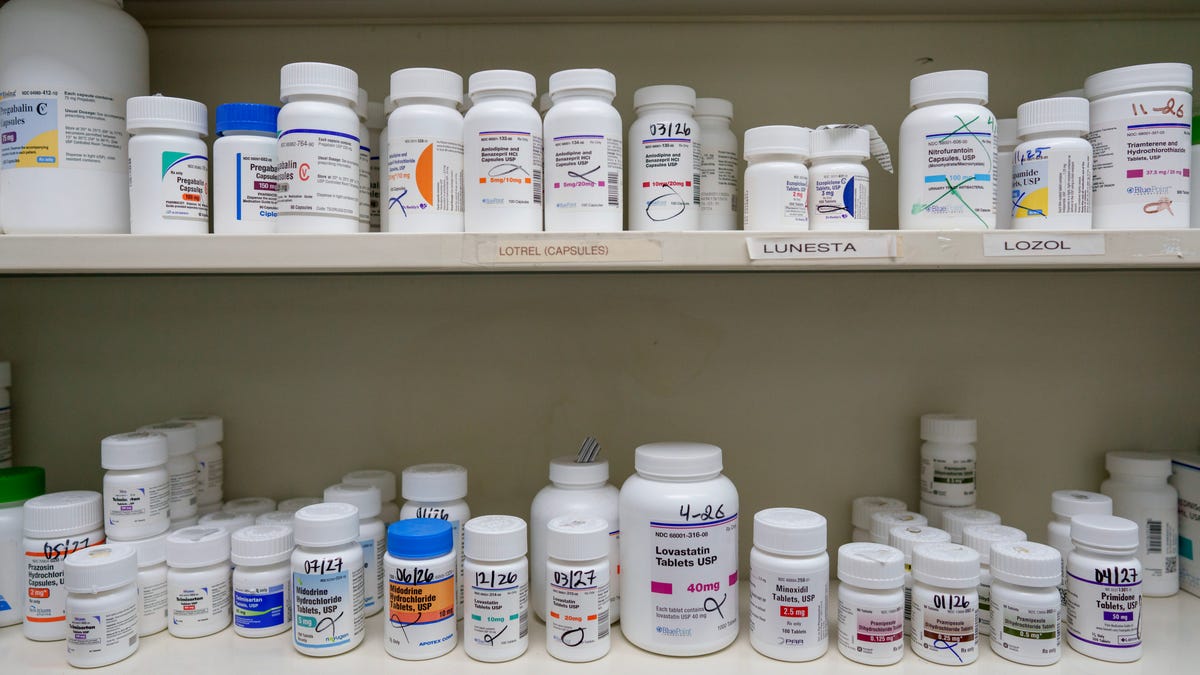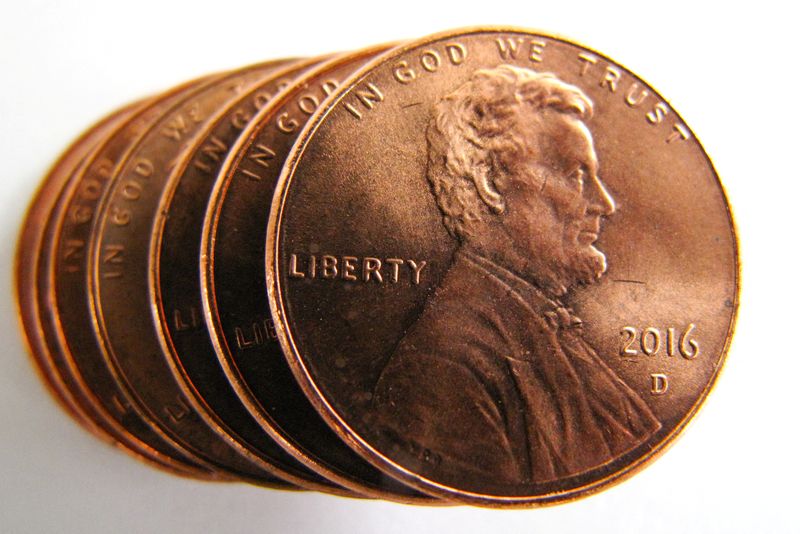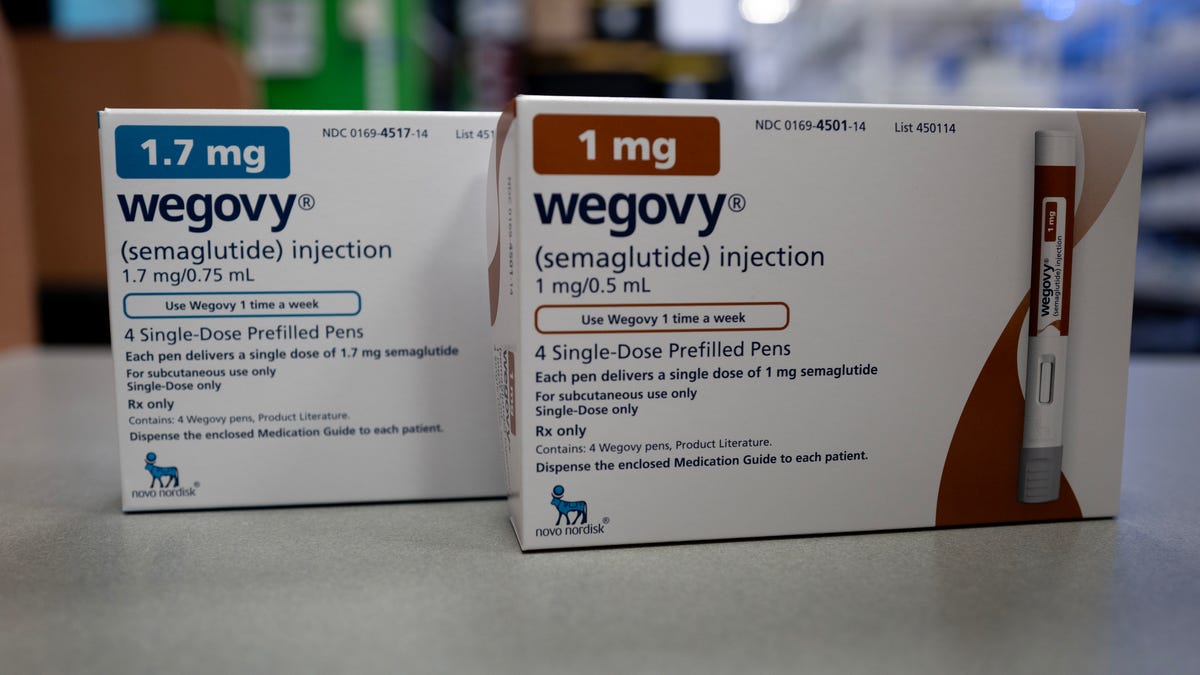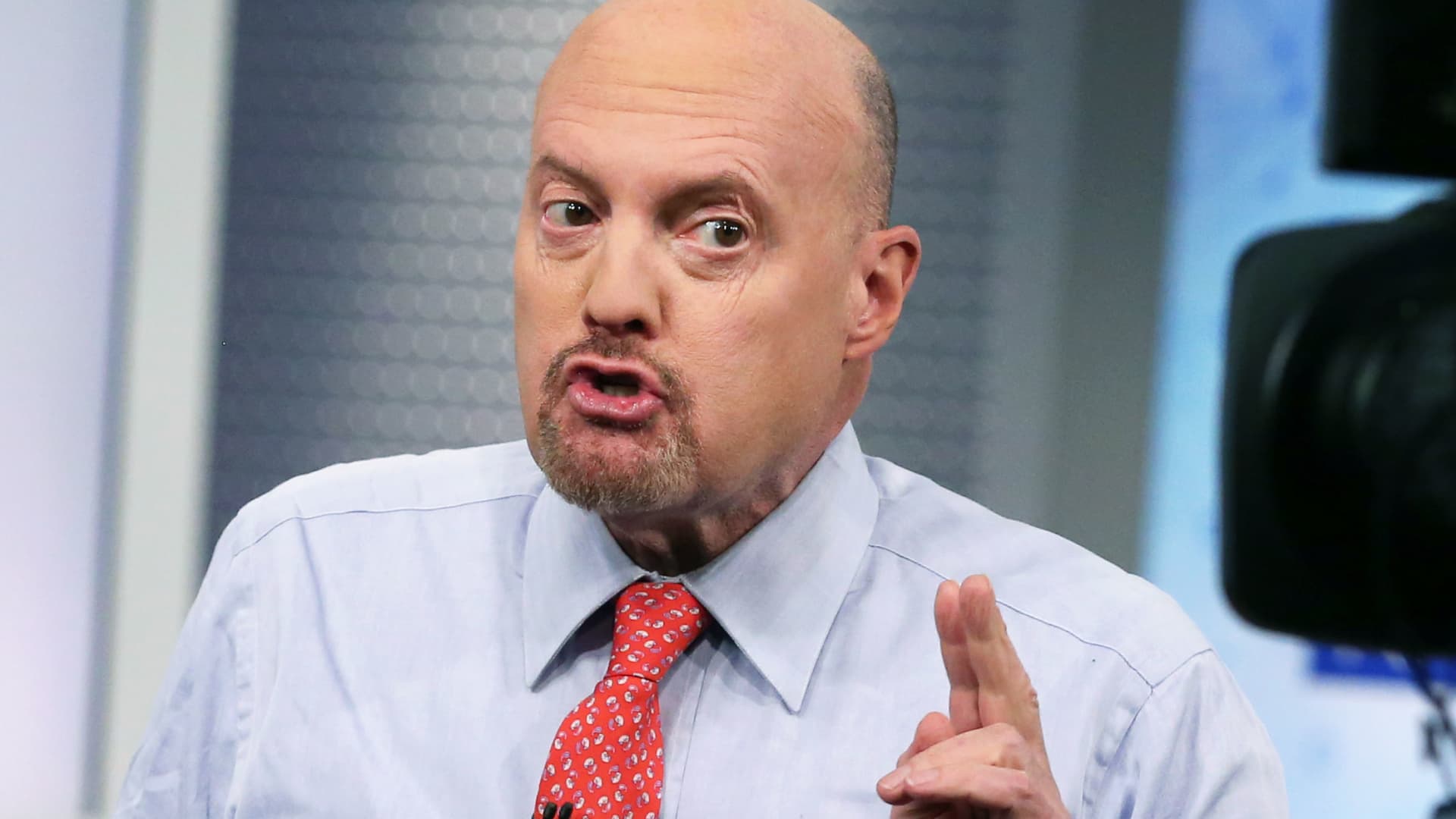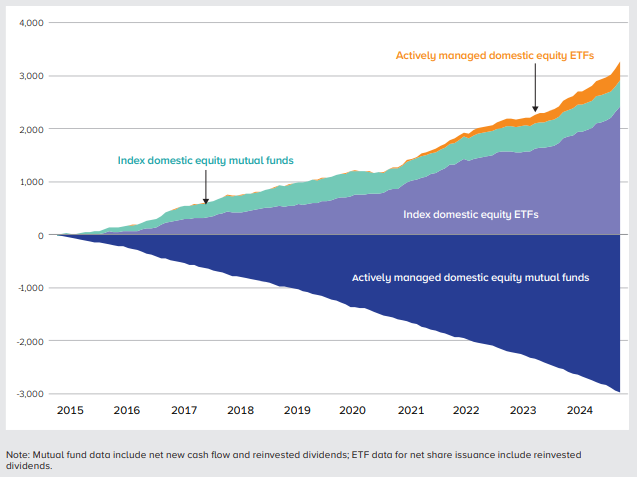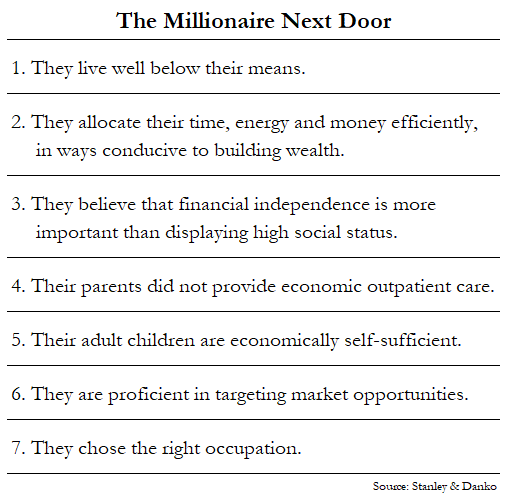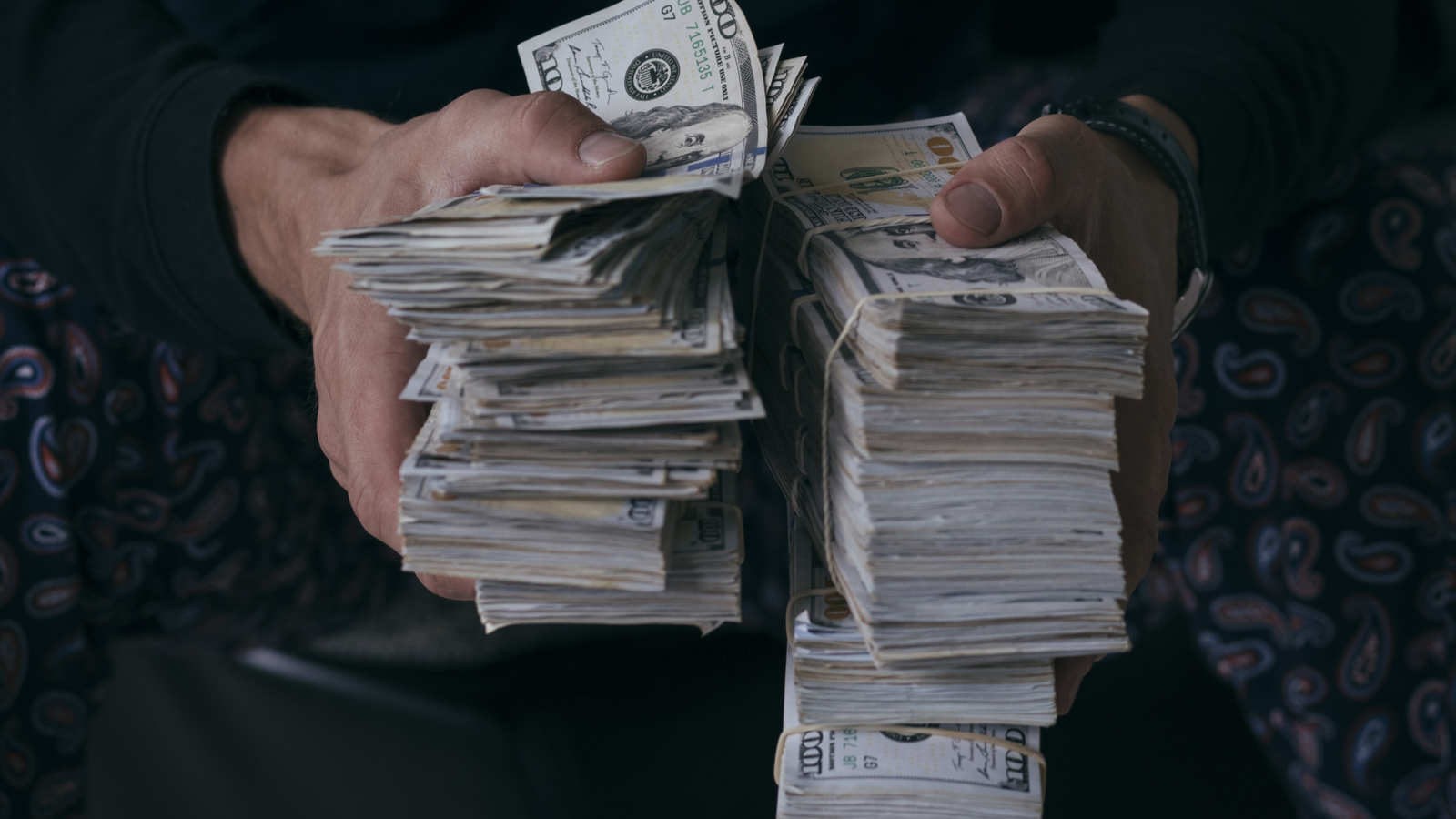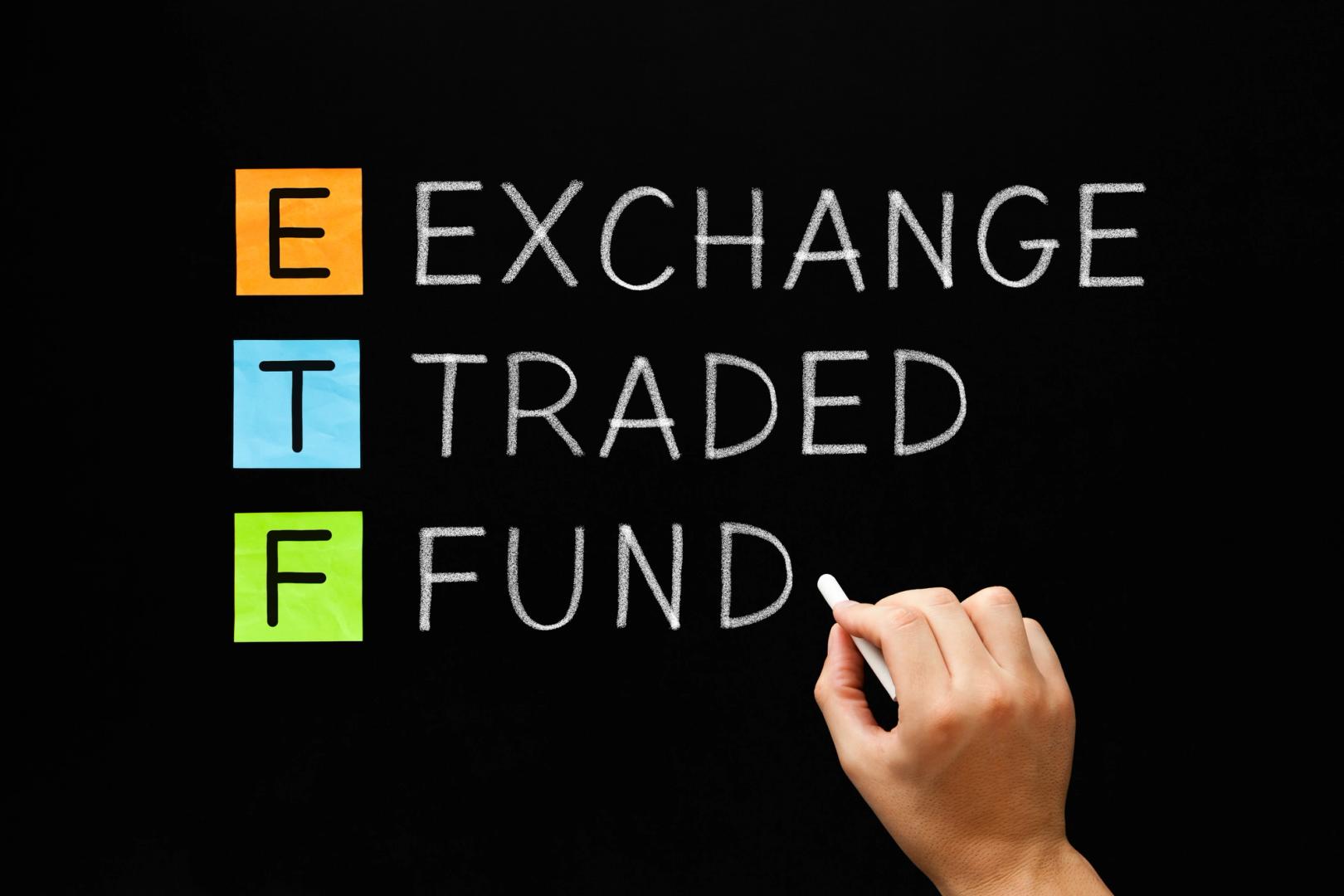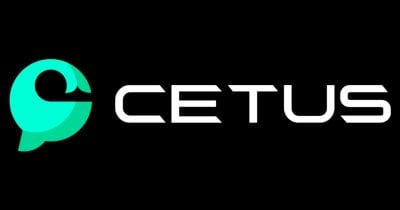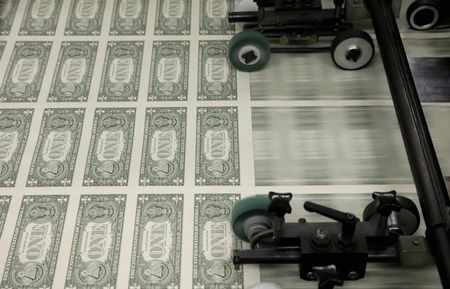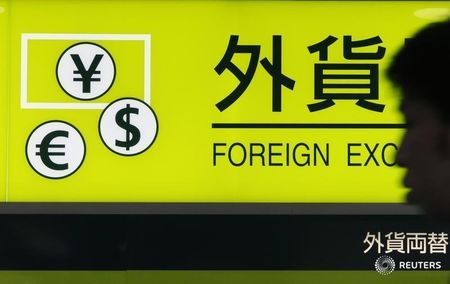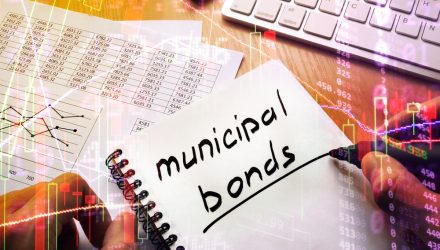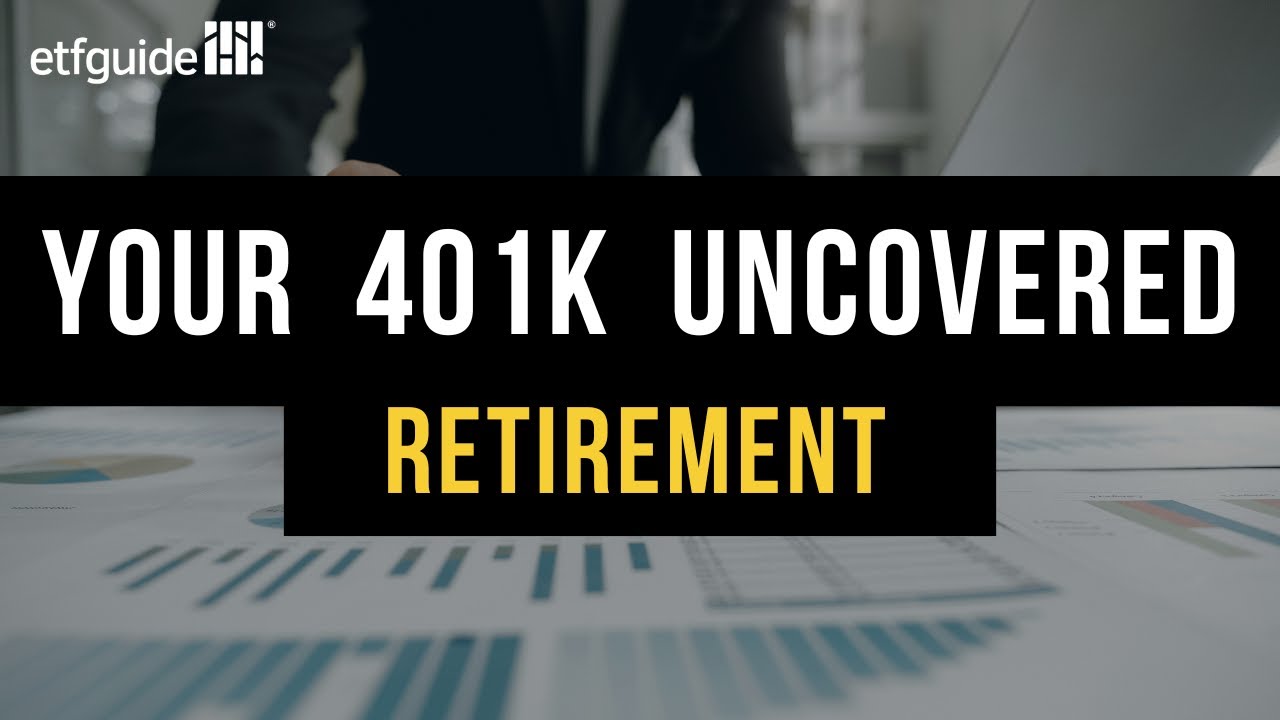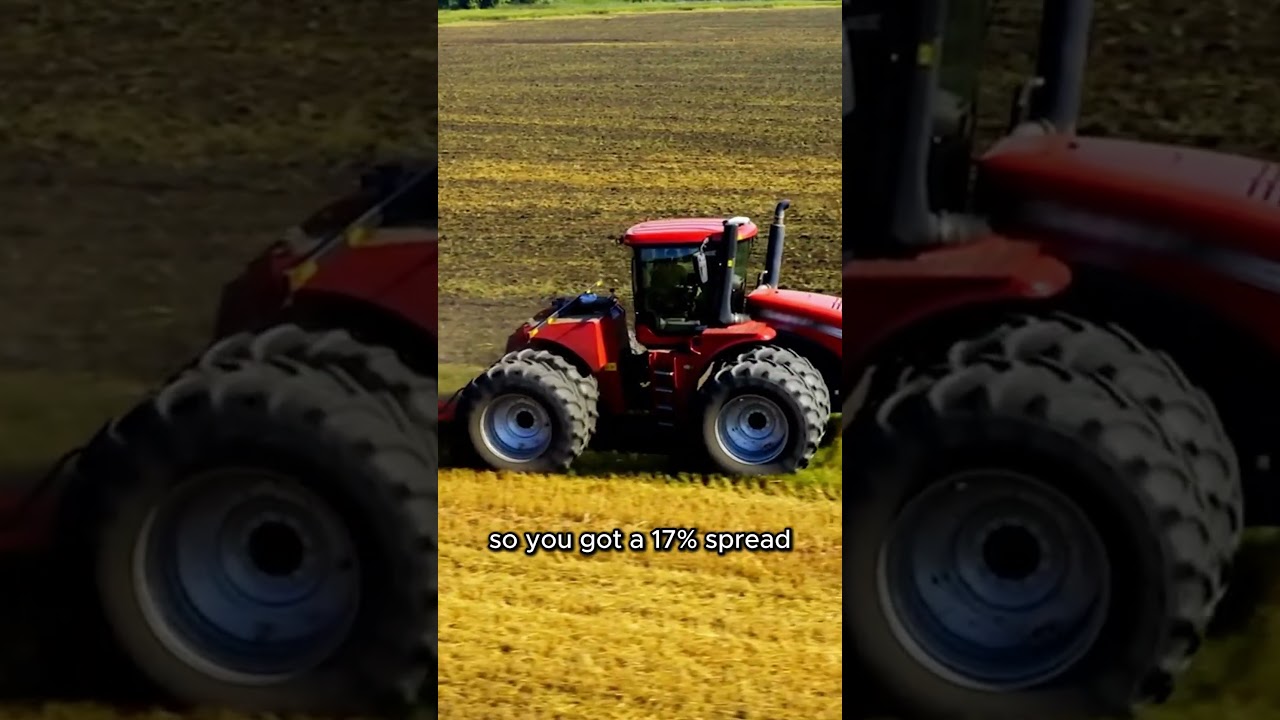If You Invested $10,000 In VOO 15 Years Ago, This Is How Much Cash From Dividends You Would Have Today
Since its creation in 1957, the S&P 500 Index has been viewed as a more comprehensive and accurate arbiter of US industrial and economic health. Thanks to its greater exposure in key US industries, such as technology, broadband communications, and biotech than the Dow Jones Industrial Average, the S&P 500 is now followed much more […] The post If You Invested $10,000 In VOO 15 Years Ago, This Is How Much Cash From Dividends You Would Have Today appeared first on 24/7 Wall St..
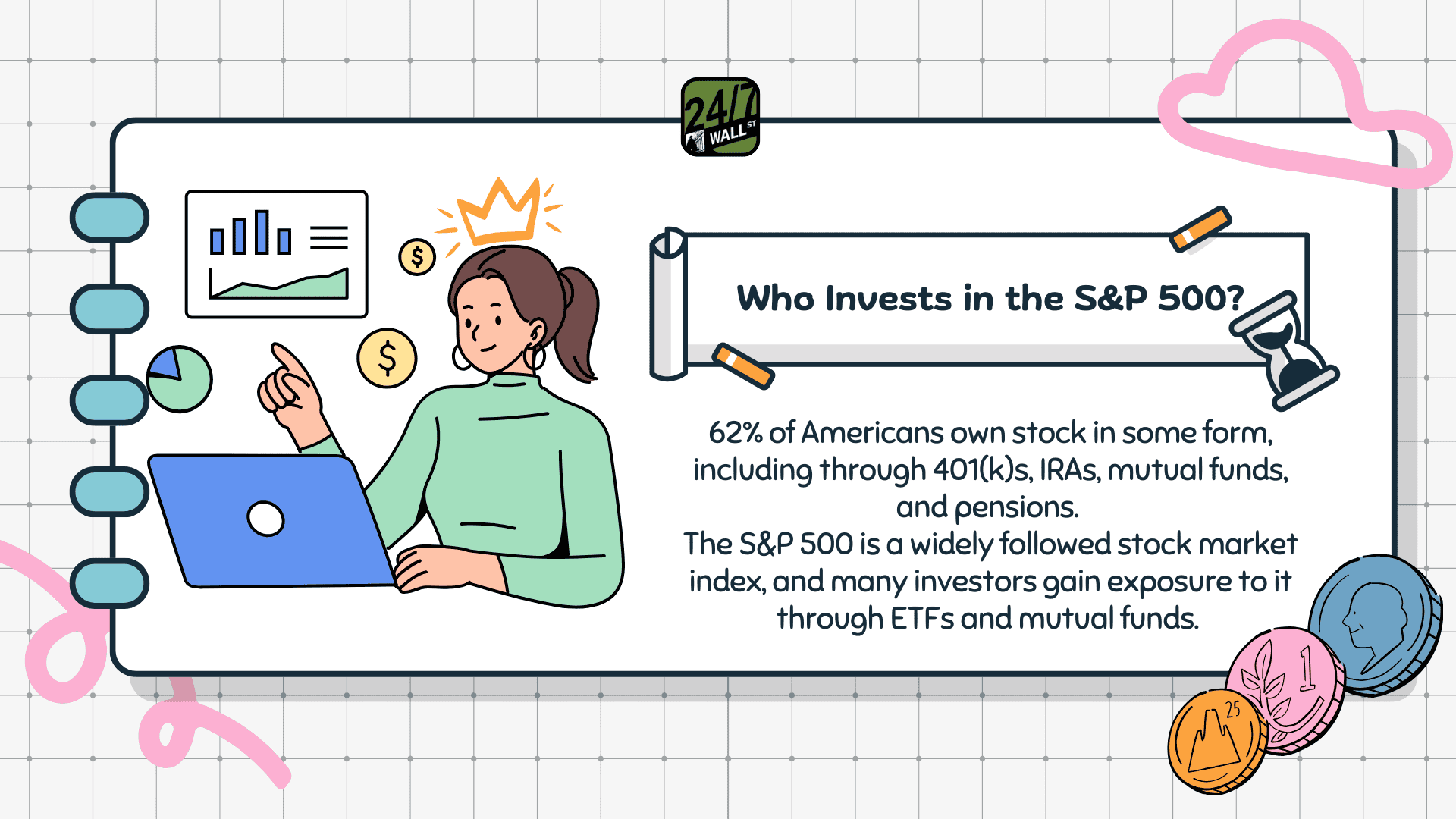
Key Points
-
The S&P 500 Index has been a reliable benchmark on the overall health of the US stock market and industrial health since its creation in 1957.
-
Since it tracks the S&P 500, the Vanguard S&P 500 ETF has become the largest ETF in terms of AUM, and one of the most popular ETFs among retail investors.
-
As roughly 400 out of the S&P 500 Index stocks pay dividends, their commensurate amounts can be significant.
-
Retirement concerns and objectives can be intimidating. Are you ahead or behind on these topics for your own retirement? SmartAsset’s free tool can match you with a financial advisor in minutes to help you answer those questions today. Each advisor has been carefully trained to address your portfolio questions and goals and will advise actions to take in your best interests. Don’t waste another minute – get started by clicking here.(Sponsor)
Since its creation in 1957, the S&P 500 Index has been viewed as a more comprehensive and accurate arbiter of US industrial and economic health. Thanks to its greater exposure in key US industries, such as technology, broadband communications, and biotech than the Dow Jones Industrial Average, the S&P 500 is now followed much more closely by economists, securities analysts, and many in the general public, than ever before.
While there are a number of Exchange Traded Funds (ETF) that follow the S&P 500, The Vanguard S&P 500 ETF (NYSE: VOO) has soared to the top earlier this year. VOO received $116 billion in inflows for 2024 and surpassed rival SPDR S&P 500 Trust (NYSE: SPY) in AUM in February, making it the world’s largest ETF in terms of assets.
Founded by John Bogle, who is considered “the father of index investing”, the Vanguard S&P 500 ETF started in September 2010, and has since become one of the most popular and widely held ETFs in the world among retail investors. A favorite of Warren Buffett (he reportedly holds it in his wife’s portfolio), VOO’s tracking of the S&P 500 index has delivered sizable double digit growth for millions of portfolios over the past several years.
At the time of this writing, VOO boasts:
- Total Net Assets – $1.33 trillion
- Dividend Yield – 1.37% (pays quarterly)
- Expense Ratio – 0.03%
Given that 400 of the S&P 500 Index member stocks pay dividends, the dividend component of an ETF such as VOO can be a significant wealth building force multiplier, especially when reinvested to take advantage of compounding.
S&P 500 Dividends: A 5-Figure Differential
As the calculator demonstrates, a $10,000 investment in VOO back in September, 2010 would be worth $70,684.78 today, at the time of this writing, which equates to a 606.85% ROI. The total return would be $60,684.78 .
The annualized return equates to 14.22%. This calculation also includes compounding through reinvested dividends. The reinvested dividend value equates to $20,667.19. The actual cash dividends paid out from the initial 197.39 shares equates to $6,631.85. If the dividends were not reinvested, the total return would be $43,778.13, therefore, reinvesting the dividends enabled an additional return difference of $16,906.65 over the 15 year span.
The S&P 500 and Dividend History

If one is seeking to utilize a dividend reinvestment program for compounding and dollar cost averaging, VOO has a number of advantages towards this strategy to accelerate its efficacy:
- The S&P 500 contains the vast bulk of Dividend King (50 or more years of consecutive annual dividend increases) and Dividend Aristocrat (25 or more years of consecutive annual dividend increases) stocks, so prorated holdings of these stocks in VOO will deliver commensurate cumulative dividend payout increases each year.
- Although dividend growth is not guaranteed, the overall history of VOO demonstrates regular positive growth each year except for 2020, which was due to Covid-19 pandemic lockdowns.
- VOO’s matching price appreciation growth with the S&P 500 Index easily outstrips dividend growth, so a mathematically smaller yield can be misleading, since the actual dividend amount is still increasing, albeit at a slower pace.
|
Year |
Payout Amount |
Year End Yield |
YoY Payout Growth |
|
2024 |
$6.7035 |
1.25% |
5.45% |
|
2023 |
$6.3572 |
1.48% |
6.90% |
|
2022 |
$5.9467 |
1.75% |
9.38% |
|
2021 |
$5.4367 |
1.31% |
2.53% |
|
2020 |
$5.3027 |
1.64% |
-4.81% |
|
2019 |
$5.5709 |
2.04% |
17.61% |
|
2018 |
$4.7367 |
2.28% |
8.44% |
|
2017 |
$4.3769 |
2.01% |
5.56% |
|
2016 |
$4.1380 |
2.32% |
5.27% |
|
2015 |
$3.9310 |
2.47% |
12.64% |
|
2014 |
$3.4900 |
2.22% |
12.29% |
|
2013 |
$3.1080 |
2.25% |
9.59% |
|
2012 |
$2.8360 |
2.71% |
19.56% |
|
2011 |
$2.3720 |
2.63% |
118.82% |
|
2010 |
$1.0840 |
1.23% |
n.a. |
The post If You Invested $10,000 In VOO 15 Years Ago, This Is How Much Cash From Dividends You Would Have Today appeared first on 24/7 Wall St..
